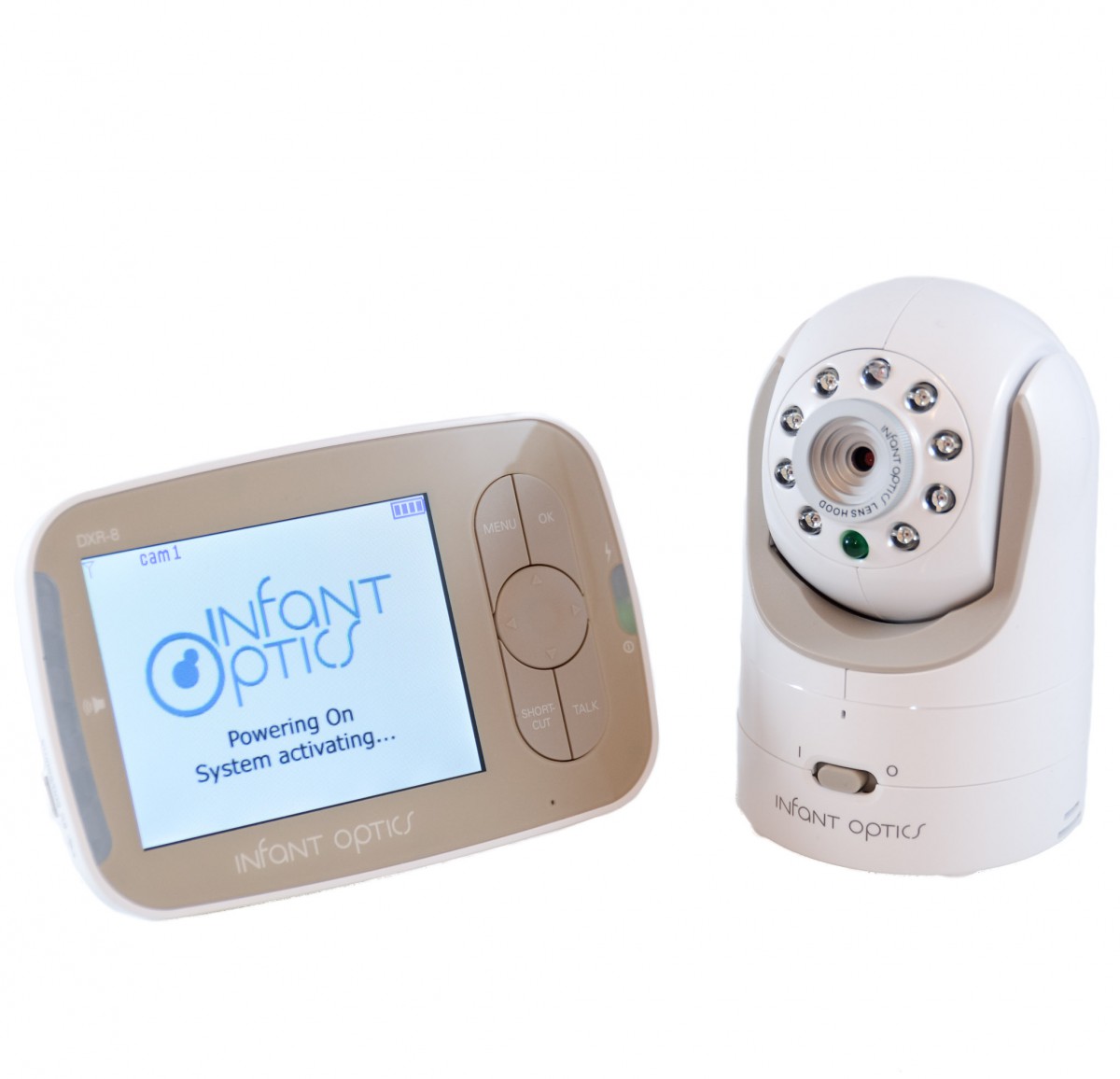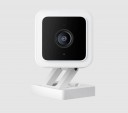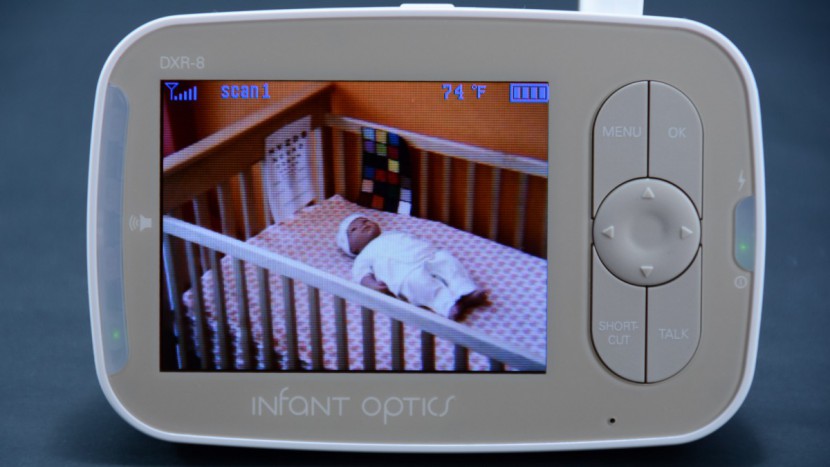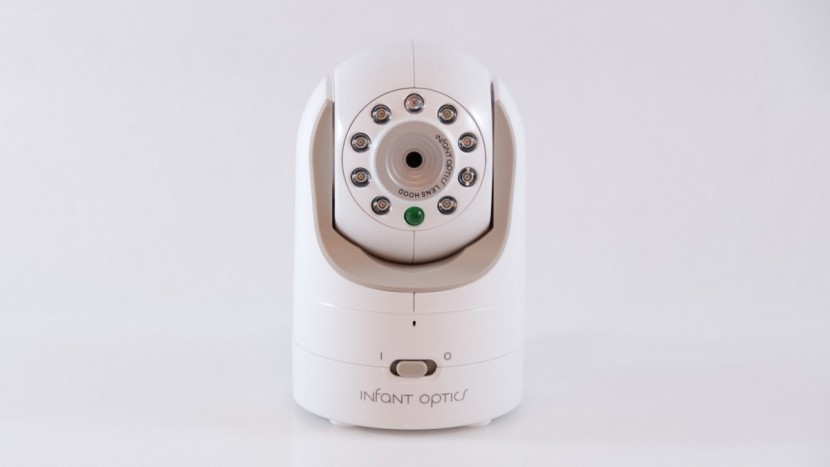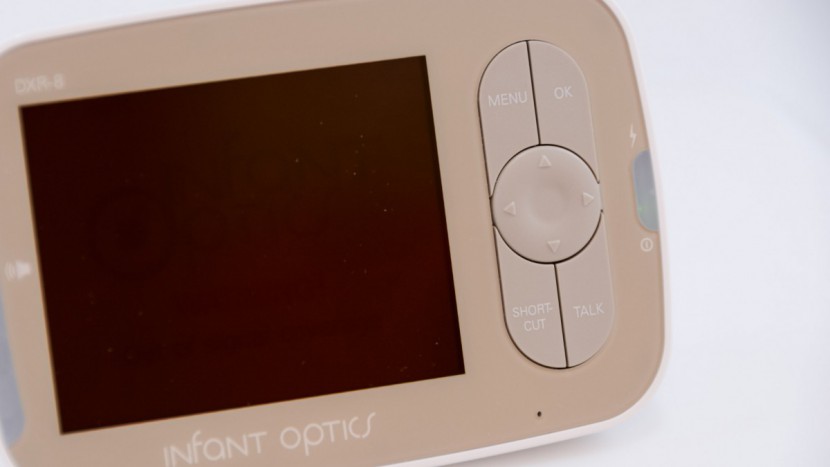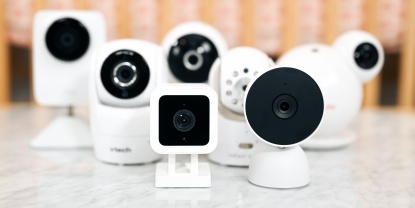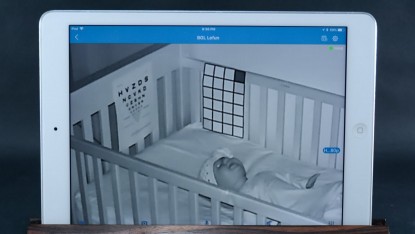Infant Optics DXR-8 Review
Our Verdict
Compare to Similar Products
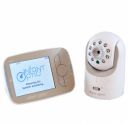 This Product
Infant Optics DXR-8 | |||||
|---|---|---|---|---|---|
| Awards | Best WiFi Video Monitor on a Budget | Best Dedicated Video Monitor | Best Video Monitor on a Budget | ||
| Price | $166 List $143.99 at Amazon | $170 List $158.00 at Amazon | $160 List $159.99 at Amazon | $100 List $79.99 at Amazon | $40 List $39.96 at Amazon |
Overall Score  |
|||||
| Star Rating | |||||
| Bottom Line | Pricey option that is easier to use but has a short range and few features | Mounting options are plentiful, but the video is only so-so, and the subscription service is a disappointment | Simple and easy-to-use monitor with a single parent unit, good video and sound but can be a little pricey | Subpar video drags down an otherwise less expensive, useful, easy-to-use option | This wallet-friendly WiFi option offers great video even if lacks baby-centric features |
| Rating Categories | Infant Optics DXR-8 | Lollipop | Babysense MaxView | HelloBaby HB6550 | Wyze Cam V3 |
| Video Quality (30%) | |||||
| Sound Quality (25%) | |||||
| Range (20%) | |||||
| Ease Of Use (15%) | |||||
| Battery Life (5%) | |||||
| Features (5%) | |||||
| Specifications | Infant Optics DXR-8 | Lollipop | Babysense MaxView | HelloBaby HB6550 | Wyze Cam V3 |
| Measured Range | 4 Walls 65 Feet |
Anywhere You Have Connectivity | 7 walls, 190 Feet | 7 walls, 190 Feet | Anywhere You Have Connectivity |
| Sound Activation | No | Yes | Yes | Yes | Yes |
| Max Sound | 86 dBa | 101 dBa | 86 dBa | 100 dBa | 100 dBa |
| Pan/Tilt | Pan: 270° Tilt: 120° |
0° | Pan: 360° Tilt: 90° |
Pan: 360° Tilt: 120° |
0° |
| Max # of Cameras | 4 | Unlimited | 4 | 4 | 4 |
| Movement Detection | No | For Purchase | No | No | No |
| Temperature | Yes | No | Yes | Yes | No |
| Talk-to-Baby | Yes | Yes | Yes | Yes | Yes |
| Screen Size | 3.5" | App Based | 5.5" | 5" | App Based |
| Measured Run Time | 11.5 hrs | Device Dependant | 12.0 hrs | 11.5 hrs | Device Dependant |
| EMF | 1.89 V/m | 0.83 V/m | 1.91 V/m | 1.04 V/m | 1.47 V/m |
| Manufacturer's Claimed Range (*buyer beware!) | 700 Feet | Anywhere You Have Connectivity | 1000 Feet | 1000 Feet | Anywhere You Have Connectivity |
| Open Field Range Test | 650 Feet | Anywhere You Have Connectivity | 830 Feet | 1330 Feet | Anywhere You Have Connectivity |
| Communication Technology | 2.4 GHz | 2.4 / 5 GHz | 2.4 GHz | 2.4 GHz | 2.4 GHz |
| Warranty | 1 Year | 1 year | 2 Year | 2 year | 1 Year |
Our Analysis and Test Results
Infant Optics began in 2011, developing and manufacturing baby monitors. The company continues to advance its designs and manufacturing techniques using feedback from users. This Optics model is the only camera we reviewed with external changeable lenses.
Audio / Visual
The Optics has an average sound clarity with a maximum decibel level of 86 dB. The sound clarity is better than most of the competition, and we did not experience any distortion, echo, or interference during testing. However, it doesn't offer sound activation or sensitivity adjustment, so you need to set the volume on the parent unit at 1 or 2 to cut the background noise. However, this could result in sound sleepers failing to wake when the baby starts to cry.
The Optics has below-average video quality than the top-ranked video baby monitors we tested. The daytime images are not bad, with slightly darker colors than the real color in the baby's room. The letters on the eye chart are a bit fuzzy, but they tend to clear up when you zoom in, which also lets you see the baby's eyes and facial expression. Night vision is a little darker than average, but the zoom feature helps make things clearer and more evenly lit. The image itself has decent contrast for night vision but is a little fuzzy around the edges.
Range
The Infant Optics has an average indoor range working up to 4 walls and 65 ft. Infant Optics worked up to 600 ft in our open field test and began breaking up at around 650 ft. We lost all signal at 750 ft.
Ease of Use
The Optics is one of the easiest monitors in the group to use both dedicated and WiFi options. This monitor is a plug-and-play option that automatically pairs the parent unit with the camera.
The user interface for the Optics is one of the easiest to navigate. It has straightforward buttons. It does have a shortcut button for volume and brightness, but the shortcut is almost the same as going through the menu features, so we still wish it had buttons outside the menu options on the body of the parent unit. Maybe the only downside reported by testers was a choppiness to the pan of the camera after a few weeks of continued use. The image didn't seem to match the navigation on the screen. This navigation problem requires turning the device off and back on to fix it.
Battery Life
The Optics has a fairly impressive battery life, with a runtime of 11.5 hours in our tests. The monitor parent device has a rechargeable Li-ion battery that Infant Optics claims will run 10 hrs on standby mode and 6.5 with the screen on continuously. Given that we experienced a longer run time, we feel the manufacturer's claims are probably accurate enough for parents to trust.
Features
The Infant Optics is average for the features metric. This parent unit screen is a fairly standard 3.5 in and pairs with up to 4 cameras (sold separately). It does not offer a belt clip or other features for wearing the unit.
The main feature that makes Infant Optics unique is the additional lens you can manually place on the camera. This “zoom” lens allows for a closer look at the baby, but we aren't sure it is a handy tool unless you use it as a permanent part of the camera so you can place the camera further from your baby for a decrease in EMF exposure. Otherwise, we think most parents are unlikely to use it rather than regularly adding and removing it to the camera. It certainly isn't something you can do for a better look while the baby is sleeping.
This monitor offers additional features many parents may want. In our experience, only a few are features you'll use regularly, but the others may be something you want “just in case.” This monitor has a temperature sensor on the camera, which is handy for ensuring the baby's room is a suitable temperature for avoiding SIDS, but only if the sensor is accurate. Our Optics sensor read 73.4 degrees in a nursery that was actually 75. This disparity is not the largest in the group, but the lack of accuracy is concerning.
This baby monitor includes:
- Two-way talk
- Silent mode with LED light indicators when the baby cries
- Alarm
- Auto screen sleep (but not wake)
- Zoom and additional zoom lens
- Pan & tilt of the camera
- Night vision
Electromagnetic Field (EMF) Levels
The Infant Optics camera has an average EMF reading of 1.89 when placed 6 ft from the reader, making it one of the highest in our tests. The further you place the camera from the baby, the less EMF exposure. The parent unit placed at 3 ft has an average reading of about 3.6. We assume the parent device will be within arm's reach, so the level can vary and be higher the closer it is to you.
Should You Buy the Infant Optics?
The real appeal of the Infant Optics is the interchangeable lenses. However, we think they aren't practical and, over time, will be lost or unused. While it is a higher-scoring dedicated option, it is also a somewhat spendy one given how it stacks up to the competition. As one of the most expensive options in the group, it is hard to recommend this lackluster option that doesn't have WiFi and only offers sub-par sound.
What Other Video Monitor Should You Consider?
If you want a great dedicated monitor, the Babysense MaxView is a good choice that offers better than average video and sound quality, with helpful sound activation that works well. We think this monitor is easy to set up, easy to use, and offers a better range and battery life than similar competitors. If budget is a concern, the HelloBaby HB6550 is also a dedicated monitor we like. While the visuals are less impressive and remind us of '90s quality monitoring, the performance overall is good enough to get the job done without confusing parents or failing to offer a video good enough to see what is happening in the nursery.


